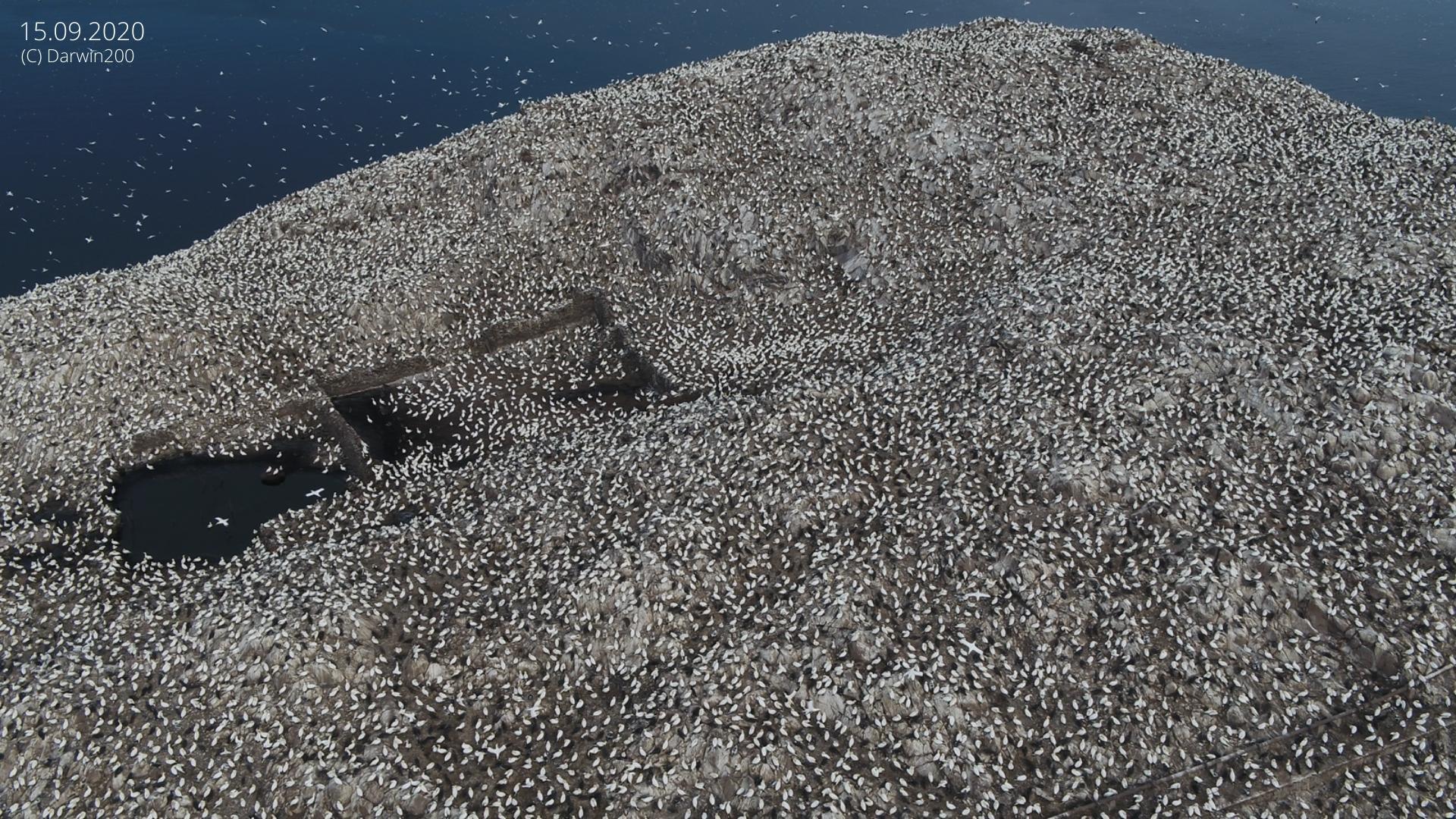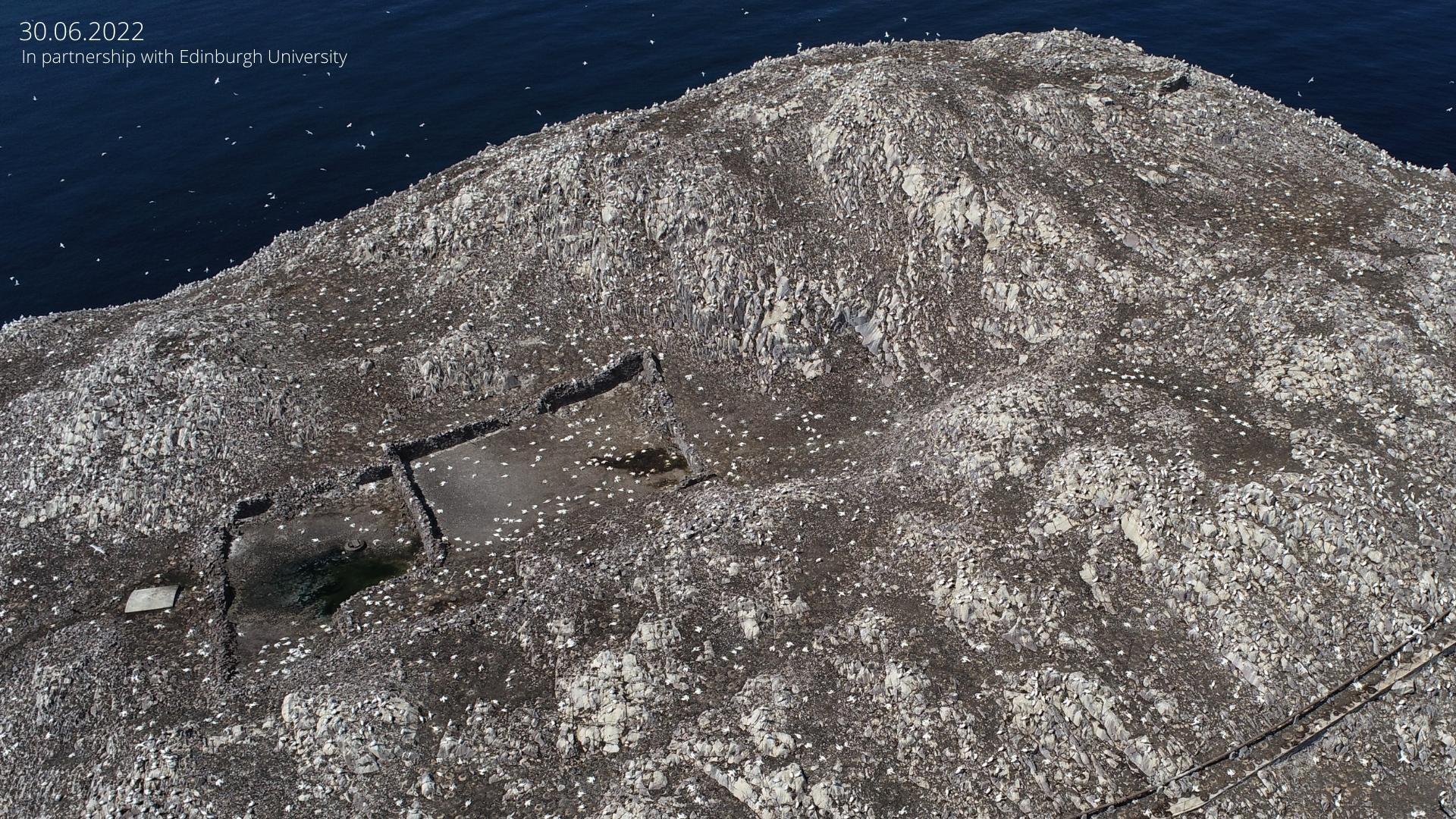
NEW drone footage has laid bare the devastating impact the bird flu outbreak has had on the world-famous gannet colony on the Bass Rock.
The Scottish Seabird Centre in North Berwick has teamed up with drone specialists at the University of Edinburgh to analyse the effects of the ongoing outbreak in the county.
Avian flu was confirmed in East Lothian last month, after large numbers of dead seabirds, primarily gannets, had been washing up on county beaches.
The drone specialists have been conducting research on the Bass Rock, home to the world’s largest northern gannet colony, to help “quantify the scale of loss” on the colony itself.
Previous CCTV footage had shown worrying signs on the island, near North Berwick, prompting a full drone survey in June.
Initial images from this survey paint a bleak picture, with side by side shots from 2020 and 2022 showing a huge decline in gannets in the colony.


However, here have been some signs of hope, with evidence of gugas (young gannets) and mating between healthy adults.
Susan Davies, CEO of the Seabird Centre said: “We were delighted we were able, with the assistance of the University of Edinburgh, to fly a drone over the whole of the Bass Rock.
“Once we have been able to assess the images taken, we should be in a better position to be able to quantify the scale of loss.
“As the breeding season progresses, it will be important for us to capture further images to get a better sense of survival too.
“We are seeing adults bringing in seaweed for nests, pair bonding (mating) and healthy gugas (gannet chicks) in some parts of the colony but the situation remains fragile.”
The Seabird Centre has now launched a multi-year monitoring programme on the Bass Rock, Craigleith and the Lamb to help understand the long-term impacts of the disease.
The centre has also launched an appeal at justgiving.com/campaign/ScottishSeabird AvianFlu2022 to help fund this.







